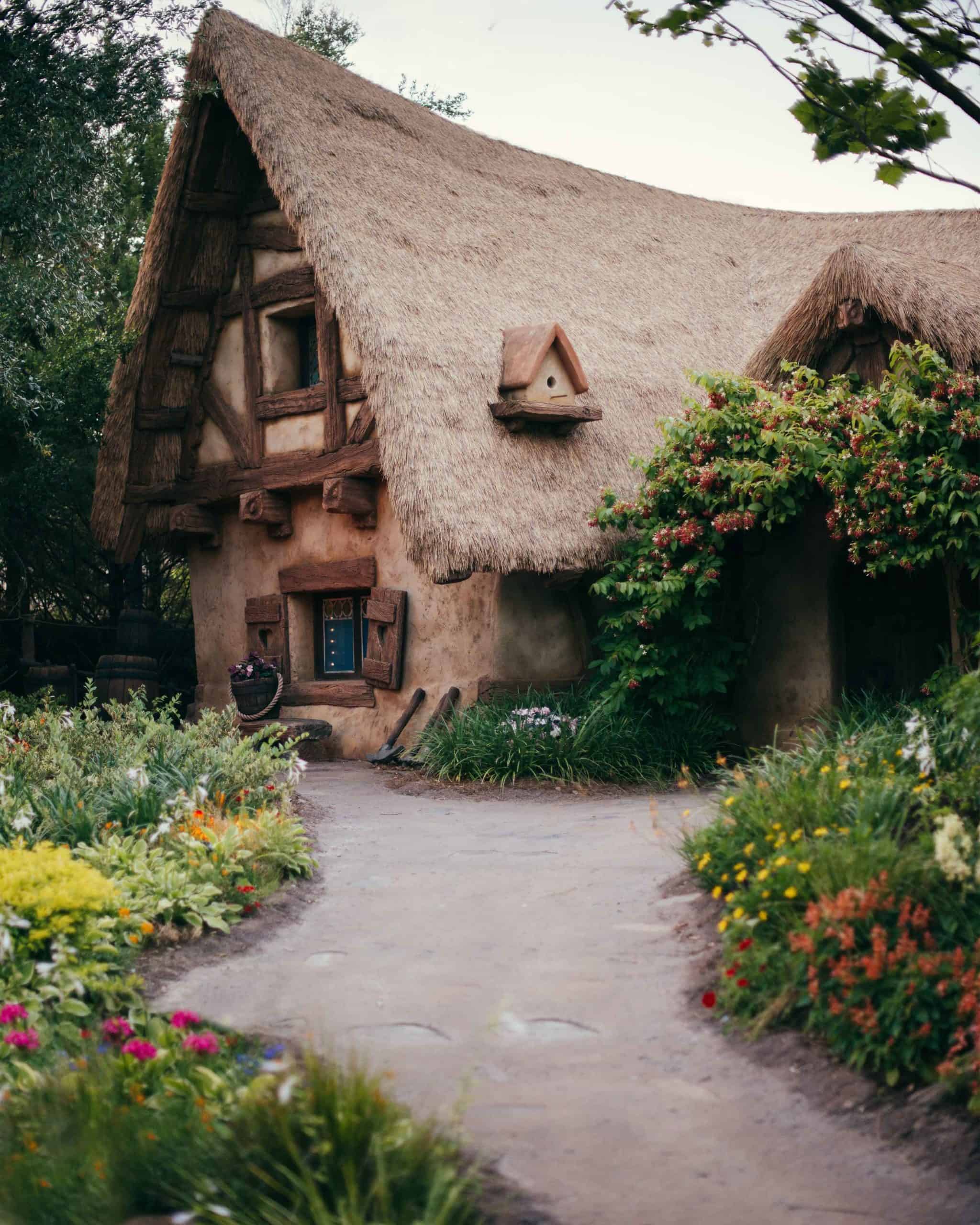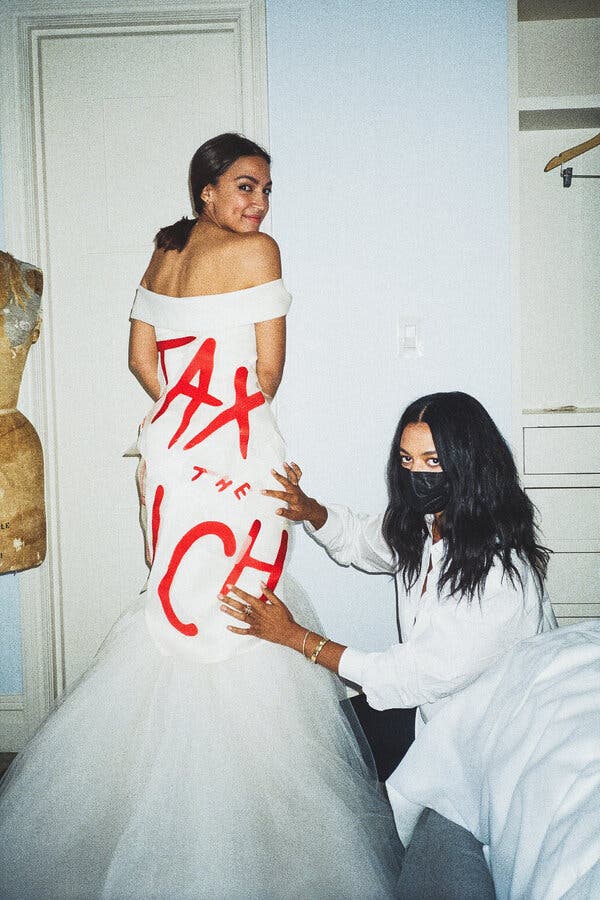Over the last year, there has been an uptick in the prevalence of cottagecore style. The cottagecore movement is more than an aesthetic and has become a lifestyle for many. With Its popularity on TikTok it has become its own community — #cottagecore on TikTok has 7.4 billion views, sub-hashtags such as #cottagecoreaesthetic with 223.1 million and #cottagecorecheck has 9.3 million views. This style is characterized by long floral print gowns, cable-knit and crocheted sweaters, neutral colors and organic textiles. This style often draws reference from early agricultural life, fairytales, romance novels, nostalgic life, and scenery from the forest and countryside. Often seen with accessories like bandanas, butterfly clips, flower-crowns, baskets, and bohemian or handmade jewelry and accessories.
Though this style often falls in the ‘alternative’ category, it is much softer than this would suggest, and when paired with a darker side leans more into the dark cottagecore, dark academia, and woodland goth aesthetics. While cottagecore might have grown thanks to social media platforms, it has a more rooted identity in homesteading, a lifestyle based on self-sufficiency and subsistence agriculture. This concept saw a resurgence in the 1960s and 70s (during the height of civil unrest) but died out only to see a rebirth in recent years (dating to early 2017) brought about by the ‘hipster’ culture. Cottagecore is exactly what the name implies; a lifestyle/aesthetic that at its heart is centered around a romanticized interpretation of simple living, using cottages as a vessel for escapism, to enjoy nature and a romanticized version of an eco-harmonious ecophilosophy on life.
The hot take I bring today is that, the return to the cottage aesthetic and the prevalence of the cottagecore lifestyle today stems from a larger systematic issue of societal failings. We are essentially returning to the forest and romanticizing the experience of off-grid, sustainable living and the return to purchasing handmade goods and the artisan lifestyle because our economy and current infrastructure around us is failing. The resurrection of this antiquated style can be used as a form of escapism, which allows us to travel to an idealistic world with no responsibility and trauma. This is specifically centered on the idea of a cottage since it symbolizes safety, comfort and warmth and lies juxtaposed to technology and the city or developed infrastructure that provides immediate unfaltering access to the real big and scary world.
Millennials have experienced so much loss and generational trauma that this could easily be seen as an ubiquitous response. This style is most common amongst millennials and gen-z and this is important to point out as these two age groups have been affected the most by these failings. With tragedy after tragedy, millennials have lived through 20 years of war, mass shootings, school shootings, terrorist attacks, the Great Recession, and now a global pandemic. Cottagecore culture idealizes foraging, knitting /crocheting, baking, gardening and more traditionally feminine roles. This also seems to align with our return to home life with the global pandemic. As we have been quarantined to our homes the last year and a half we have reintroduced archaic ways to pass the time. Even with our non-stop technology usage, we have embraced the need for ways to spend time beyond a screen.
After living through the pandemic and years of preaching “a return to the good ‘ole days”, a generation of young adults took that into their own hands and began to craft their own narrative. Wearing your grandfather’s clothes is now a ‘trend’ and thrift-shopping is popular. There is a strong correlation with the ideal of a return to a better time or more simple time. We are in a depression era yet again and romanticizing the life of our ancestors can help us accept that fact just a little bit easier. I am not going to compare apples and oranges but it is apparent that somehow we have to accept history, make it easier to digest, and then just hope we can do better.
This community has turned an era of fashion and social exclusively to a new one of inclusivity. At first glance this trend has little to do with the long history of traditional values, anti-Blackness, and anti-Indigeneity, but with its historical origins, it is inherently idealized propaganda for colonialism. The wave of followers try to use this as a reclamation of the ugly past and now present a new face to include the rejection of gender roles, the patriarchal society and twenty-first century life. This has become very popular in queer and anti-capitalist coterie. Cottagecore presents a way for people, including women /non-binary/ femmes, to stand out from the industry standard of hypersexualization they face everyday. Also, the rural countryside or prairie landscapes that are the most idealized tend to be politically conservative landscaps, so the cottagecore life is a way to be queer or different in those environments without the constant threat of violence or oppression.
The aesthetic of cottagecore is still way over romanticized and based in a fictional care-free life, but there’s potential to use it as a way to bolster environmentalism and make way for systematic change in the world.






